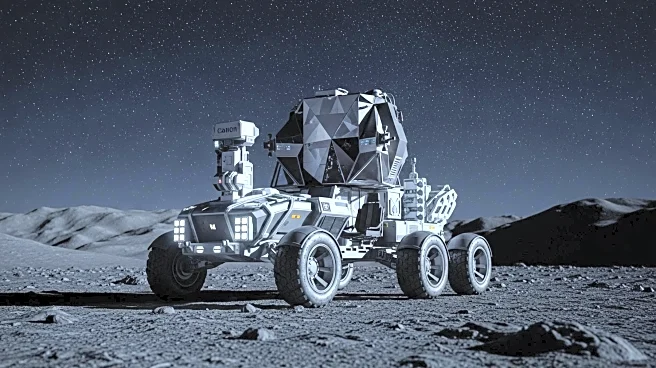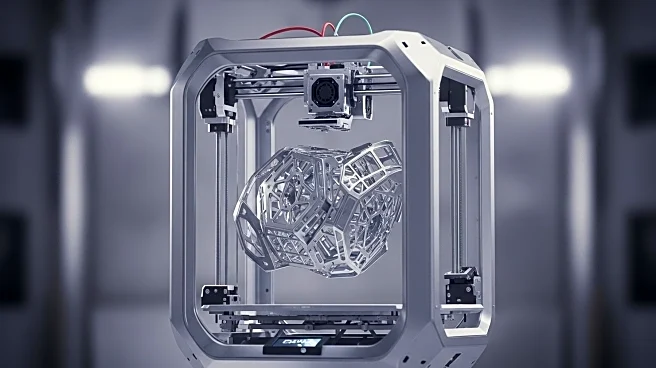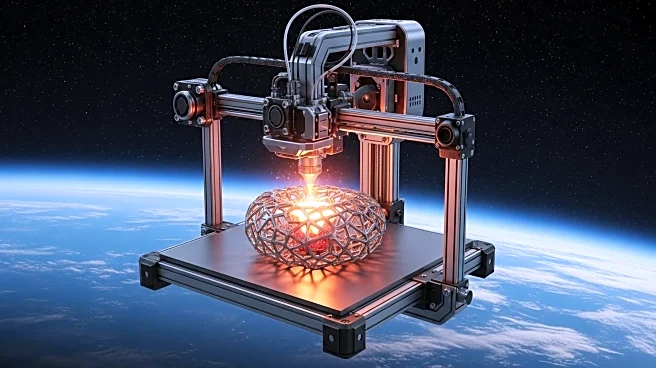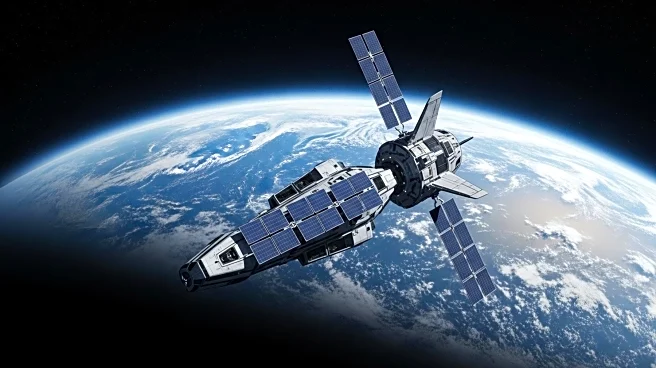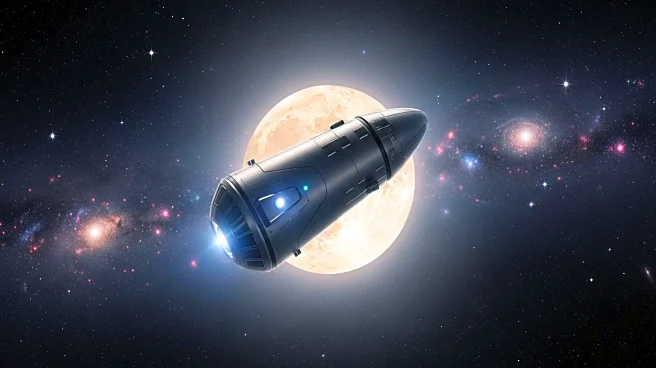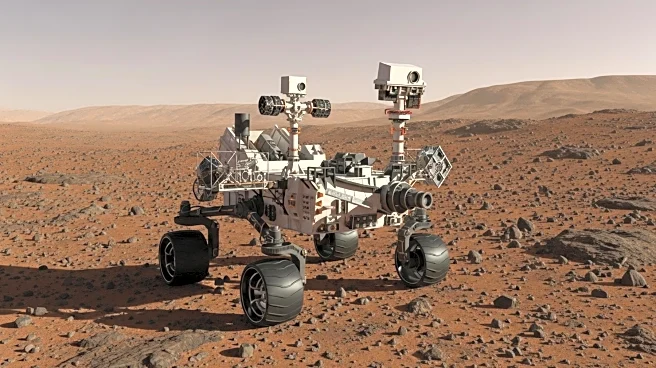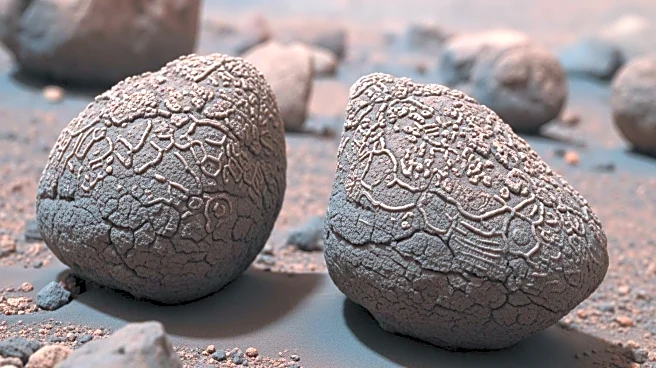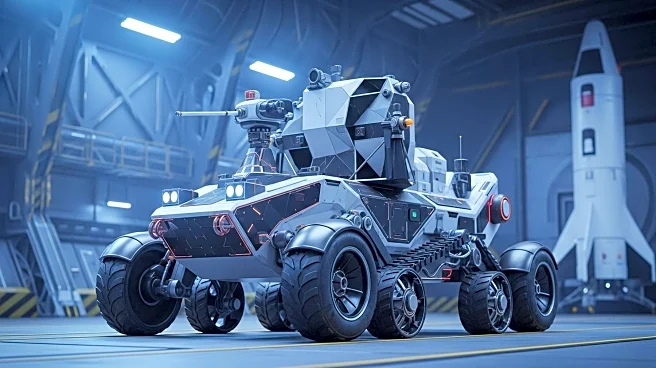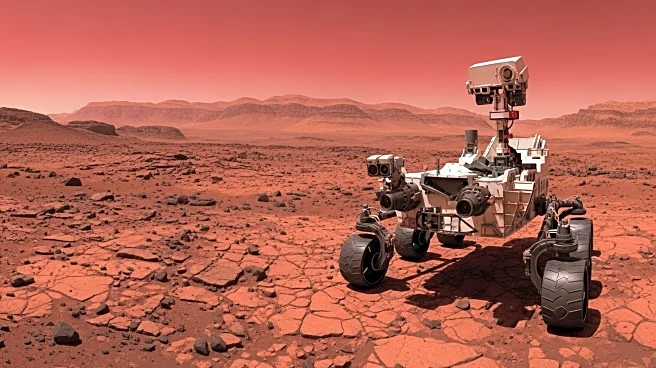What's Happening?
NASA's Deep Space Optical Communications (DSOC) experiment has successfully demonstrated laser communication technology, achieving 65 successful passes between Earth and the Psyche spacecraft. This technology encodes data into laser light pulses, allowing information to travel millions of miles, a significant advancement from traditional radio frequencies. The DSOC experiment has downlinked 13.6 terabits of data, surpassing expectations and setting new benchmarks for data transmission from deep space. This technology could enable high-definition video streaming and faster data delivery from Mars missions.
Why It's Important?
The successful demonstration of laser communication technology marks a significant milestone in space exploration, offering a more efficient and reliable method for data transmission. This advancement could enhance communication capabilities for future Mars missions, facilitating real-time data exchange and improving mission outcomes. The ability to transmit large volumes of data quickly and accurately is crucial for scientific research and exploration, supporting NASA's goals for Mars exploration and beyond. The technology also provides a foundation for developing more resilient communication systems for deep space missions.
What's Next?
NASA plans to continue refining laser communication technology, exploring its potential applications for future missions to Mars and other deep space destinations. The agency may collaborate with international partners to integrate this technology into upcoming missions, enhancing global space exploration efforts. As laser communication systems become more advanced, they could revolutionize how data is transmitted across vast distances, supporting the next generation of space exploration and scientific discovery.

